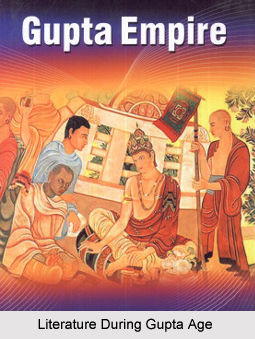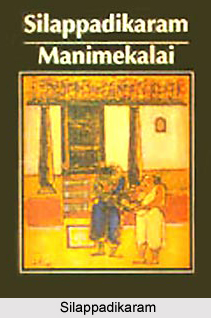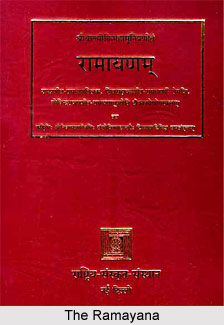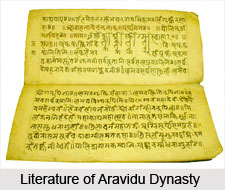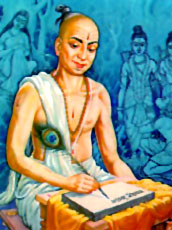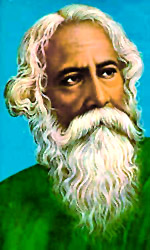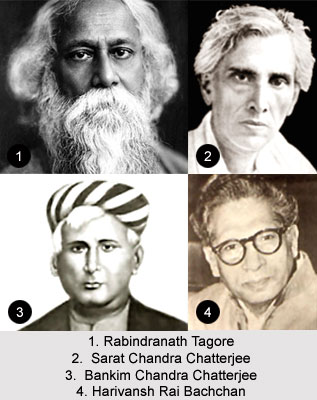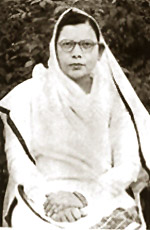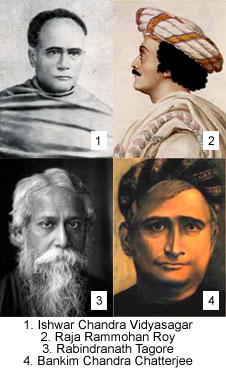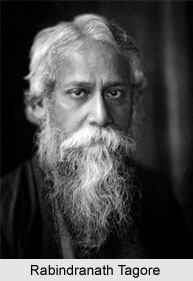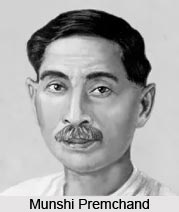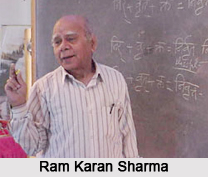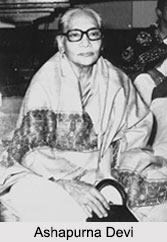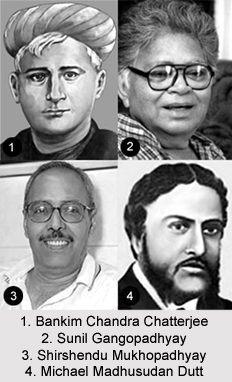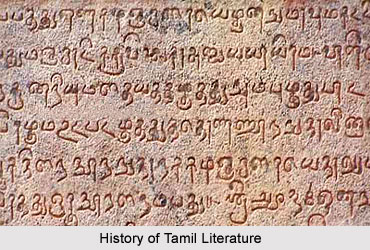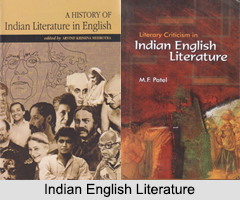Sanskrit Literature during Ancient Age paved the way and laid the basis for the establishment of literary castle amidst the Indian land. Sanskrit Literature in this age reached to paramount height with authors like Kalidasa enriching the literary soil. Abhijnanasakuntalam (English: The Recognition of Sakuntala) is a distinguished Sanskrit play by Kalidasa. It is written in a combination of both Sanskrit and the Maharashtri Prakrit, a Middle Indian dialect. The play`s date is uncertain, but Kalidasa is often placed in the period within 1st century B.C. and 4th century A.D. The Sanskrit name of the play stands for "pertaining to abhi-jnana-sakuntala", which means "Sakuntala recognised by a token". To add to the prestigious of Kalidasa`s Sanskritic wonder, Abhijnanasakuntalam was the first Indian play to be translated into a Western language, by Sir William Jones in 1789.Although Kalidasa made some negligible changes to the plot, the play expands upon an episode mentioned in the Mahabharata. The protagonist of Abhijnanasakuntalam is Shakuntala, daughter of sage Vishwamitra and the apsara Menaka.
Meghaduta (literally meaning "cloud messenger") is a lyric poem written by Kalidasa, considered to be one of the greatest Sanskrit poets in India. A short poem of only 111 stanzas, it is one of Kalidasa`s most illustrious works. Meghaduta is separated into two parts - Purvamegha (Previous cloud) and Uttaramegha (Consequent cloud). According to the story, Kubera, treasurer to the Gods, possesses a band of celestial attendees working for him, named the Yakshas. One of these Yakshas was so besotted and preoccupied with his wife that he absolutely disregarded his duties. As a consequence, he was cursed and banished into the thickness of earthly woods. Wholly demoralised, he kept thinking about his wife and felt her absence terribly. His wife also kept reminiscing about him all day and all night.
Then one day, monsoons started to splash upon earth. The Yaksha saw a rain cloud pass by and requested it to carry a message to his wife, then languishing on Mount Kailash in the Himalayas. The Yaksha then commences to describe the route the cloud should be taking in the northward direction. The description is so enamouring and so pictorial, that one can actually experience the scenes are flashing in front of the eyes in a vision. The Yaksha makes the route seem as bewitching as possible, so that the cloud takes his message to his wife, in the city of Alaka (according to Hindu mythology, Alaka sometimes also referred to as Alakapuri, is a mythical city in the Himalayas.).
Kumarasambhava is a legendary Sanskritic poem written by the medieval Sanskrit litterateur Kalidasa. It is one of the most foremost and substantial examples of `Kavya` (English: epic poem, refers to artificial Sanskrit literary mode used by Indian court poets prospering from the first half of 17th century A.D.) poetry. Kumarasambhava literally stands for "Birth of the War-god", i.e. Kartikeya, Shiva`s first son. This epic of seventeen cantos involves Shringar Rasa, the rasa of love, romance and eroticism, more than Vira rasa (the rasa of Heroism).
The epic poem, Kumarasambhava essentially talks about the courtship of Lord Shiva and Parvati. The bulk of chapters have enormous details about the love and romance between Shiva and Parvati. It is stated that a powerful demon named Tarakasur was blessed with the boon that only the child of Lord Shiva could vanquish him and no other. Likewise, Shiva had cut short the desire for love through passionate meditation. Due to Parvati`s brilliant efforts and after much penance, she won the love of Lord Shiva.
Malavikagnimitra is a Sanskrit play by Kalidasa. It is known to be his first play. The principal characters of Malavikagnimitra include Malavika and Agnimitra. The play is a five-act drama based on king Agnimitra`s love for a beautiful girl Malavika.
Approximately two thousand years ago, south-west India was ruled by a dynasty of Shunga kings. Agnimitra was the most illustrious among them. Vidisha was the capital of his kingdom. He had two queens, namely Dharani and Iravati. Dharani was the elder of the two and was known to be matured and broad-minded. Iravati was shrill and a rather irritated. Both however were equally committed to the king and he too, loved them greatly.
Raghuvansa is a literary epic verse section written by the esteemed poet Kalidasa. The poem is often considered synonymous with the creator and is named sometimes as Raghuvansha Kalidasa. The poem basically delineates the roots of the great lineage of Lord Rama and his descendants and the great captor Raghu. Raghuvansha primarily talks about the gallantry and potency of the great warrior Raghu.
Vikramorvasiya is a Sanskrit play by the illustrious Indian litterateur Kalidasa, based on the Vedic love story of king Pururavas and ethereal nymph Urvashi.



